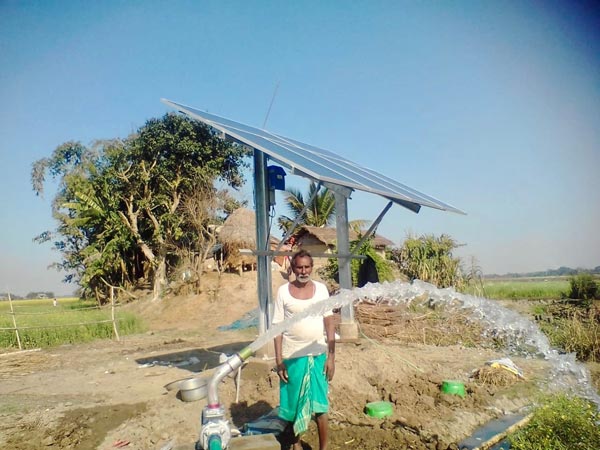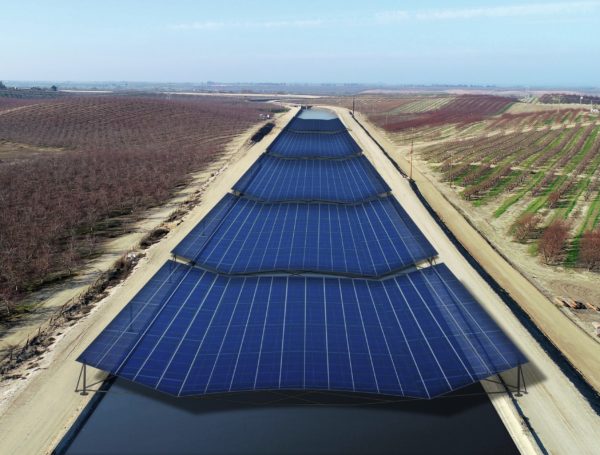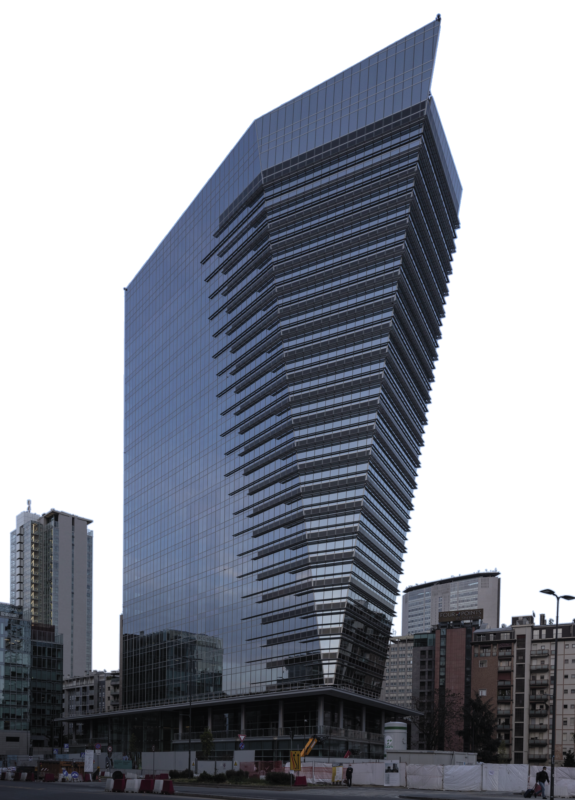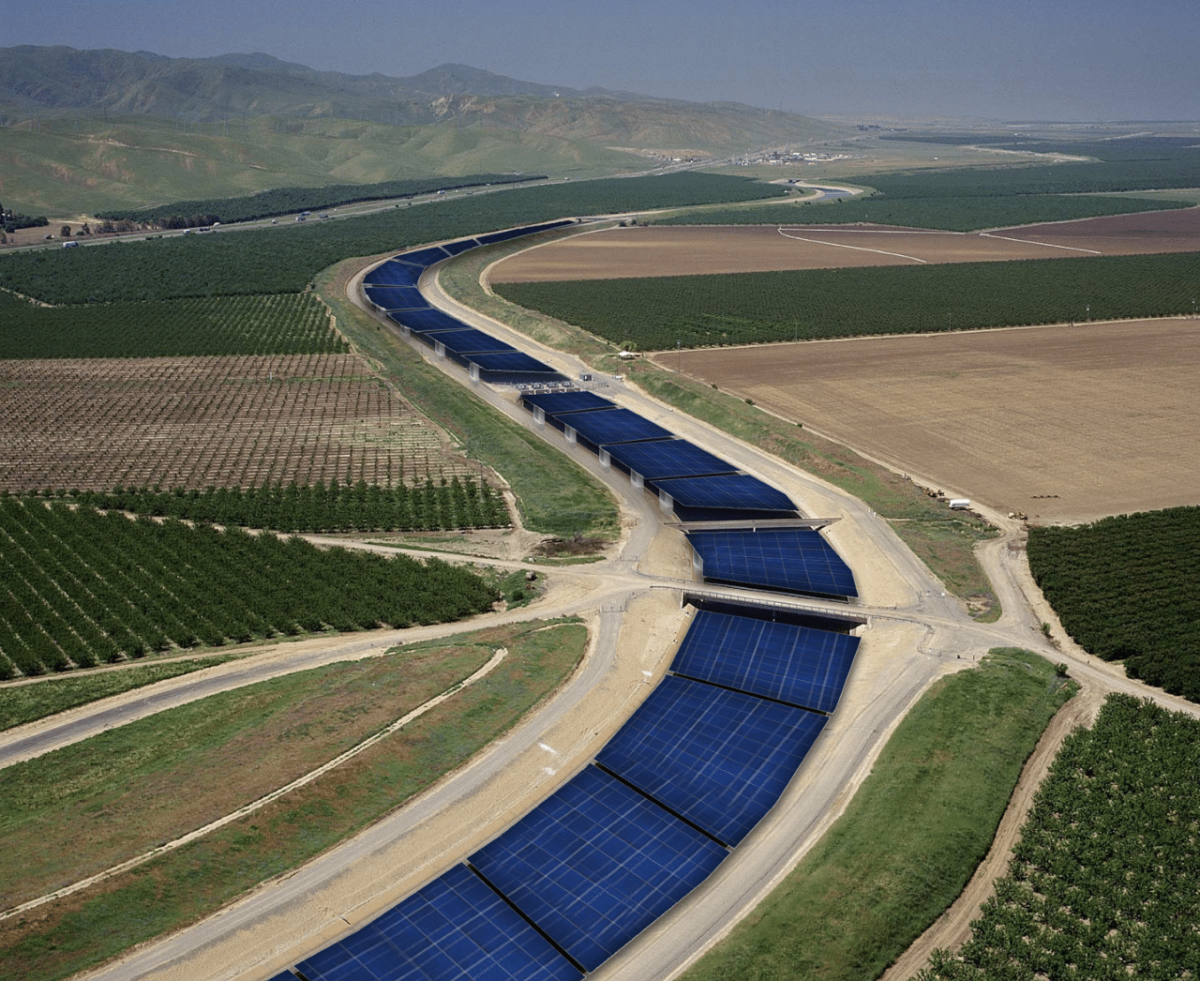Solar-water nexus
Microgrids not dissimilar from the one in Castañer, Puerto Rico, highlighted in the first part of this series, are also being used to run pumps in order to access groundwater. And this is just one example of how solar is helping in the battle against water scarcity in many parts of the world.
The solar-water nexus is a rapidly expanding network of applications and for many regions around the world solar’s ability to work on small scale could reap big benefits.
On the island of Zanzibar, diesel generators are used to pump often quite brackish water through rundown pipes at a cost of over $200,000 a month. The Zanzibar Water Authority (ZAWA) wants to use off-grid solar systems to operate water pumps at its bore holes, treatment reservoirs and distribution network.
ZAWA Director General Salha Mohammed Kassim told pv magazine that only 36% of households are water connected on the island of 1.7 million people.
“We have a long way to go to get to 100%, but for this reason we are looking to off-grid solar,” said Kassim.

Another application in the solar-water nexus is solar-powered desalination. This is a deployable off-grid solution in drought-ridden regions like Somalia, but it is also attractive at the larger scale to supply water for industry – notably green hydrogen.
McKinsey & Company says that companies with water-intensive operations can reduce their risk by switching to renewables. From analysis of 1,500 companies in the chemicals and food-and-beverage processing industries, it found that a considerable amount of the energy purchases came in countries with low renewables uptake and high levels of water stress, resulting in disproportionate impacts for water and emissions. The analysis showed that a 50% increase in renewables purchasing, would provide a 60% reduction in water consumption in both sectors.
One particularly promising trend is that of installing solar above canals, particularly in regions battling water scarcity. Canal-top solar was pioneered in India a decade ago when the first canal-top solar array was installed in Gujarat. But new findings from the University of California (UC) and Project Nexus are now highlighting the symbiotic nature of the solution, which helps to save water while generating energy and all without occupying arable land.

Image: Solar AquaGrid
“Using canal infrastructure for solar development can make both systems more efficient. Shade from the solar panels can reduce evaporation of water from the canals, especially during hot Californian summers,” said Brandi McKuin, a UC Merced environmental engineer and the study’s lead author. “And because water heats up more slowly than land, the canal water flowing beneath the panels could cool them by a few degrees, boosting electricity production by 3%.”
The study showed that if all 6,500 km of California’s canals were covered with solar panels it would save almost 300 billion liters of water per year and generate 15 GW of renewable energy.
Building-integrated PV
Building-integrated PV (BIPV) has long held great promise, but large-scale applicability remains a challenge. In the last decade, BIPV’s technological and aesthetic improvements have made it more feasible across a broader range of projects. One interesting use case for BIPV is in the renovation and emissions reduction of historical buildings.
“The fact that you can develop new products based on crystalline technology which hide the solar cells makes it easier to employ solar in renovation projects because the glass is going to look like any other material, such as ceramic tile or stone,” said Teodosio del Caño, chief technical officer of Spain-based Onyx Solar.

Popular content
Onyx Solar has already installed innovative BIPV solutions on historic buildings around the world, and del Caño says it is the technology’s aesthetic improvements that have seen the niche grow in recent years. “In the last two years, facades have become our main product,” said del Cańo. “It used to be skylights and canopies, but now façades are an excellent market. There are now no restrictions on using BIPV on the front of a building.”
Sky-scraping solar
The technology improvements in BIPV facades are something the owners and operators of tall buildings are keeping an eye on, especially as avenues for emissions reductions for grid-reliant buildings are rather limited.
With the exploding populations of global cities, many of us live in work in places that have long been solar deserts. For most of history the rather small rooftop size compared to the structure’s overall square footage made the generation profile of solar hardly worthwhile.
But as solar’s cost has continued to fall and panel energy density increase, the often barren rooftops of cities’ skyscrapers can now provide a respectable percentage of a building’s electricity. Combine that change with the improvements in BIPV technology, particularly when it comes to facades, and suddenly skyscrapers have the potential to be solar powerhouses.
“With the advances in solar technology, energy-dense panels now available exceed 450 W per panel, enabling significant and meaningful renewable projects in [central business district] locations that couldn’t otherwise be achieved on the constrained rooftop,” said Venergy Australia CEO Matthew Wilkins.

Image: Venergy
Venergy integrated the 223 kW solar system with the building’s regenerative lifts and its trigeneration of 600 kW gas turbines across five commercial towers in downtown Melbourne’s Collins Square, bringing the site’s total generating capacity to 2 MW.
According to a study published in the journal Solar Energy, the buildings in Melbourne’s downtown are capable of providing 74% of their own electricity needs of solar was fully integrated into roofs, walls and windows. Rooftop solar would constitute 88% of this supply, with wall-integrated and window-integrated solar delivering 8% and 4%, respectively.
Monash University Professor Jacek Jesieniak, an author of the study, said that the researchers’ goal “was to showcase that actually there is huge potential (for urban PV, particularly rooftop), it’s just enormous. But people don’t think about it because people tend to think at the scale of a building rather than the scale of a city.”
Jim Stewart, associate director at Fender Katsalidis – the Australian architectural firm behind the world’s second-tallest building, Kuala Lumpur’s 678.9-meter Merdeka 118 (p. 50), topped with a 140 kW solar array for its Park Hyatt Kuala Lumpur hotel – told pv magazine that clients are encouraged to consider PV solutions, as “most buildings over 180 meters tall are not demolished within 50 years. Rooftop solar arrays have become common place in skyscraper design and development.”
Few remain unconvinced of solar’s ability to provide reliable energy in remote off-grid locations or utilise previously barren or single-usage spaces. In 2022 we’ve seen the spectrum of places solar shines expand yet again, even to some of the world’s most hazardous locations.
From offshore oil rigs to remote mine sites and the frontlines of conflict zones, solar power functions where others fail, and it does so without the need of refuelling or regular maintenance. Not only can remote sites use solar and save expensive fuel transportation and upkeep costs, but also reduces worker risk.
These savings have also been noticed by the US military. Brooklyn-based solar fabric and structure developer Pvilion has developed an easy to put up solar tent. Pvilion’s Julia Fowler told pv magazine that the tents do a lot more than provide shelter in forward locations. They also “provide power, convenience, adaptability, heating and cooling, and protection from the elements … with the goal of maximizing mission-objective readiness.”
Interestingly, the solution can also be considered part of the solar-water nexus. The US Army’s Project Arcwater sees the solar tents’ energy generation used to harvest water in agile combat deployment situations.
Senior Master Sgt. Brent Kenny of the 52nd Fighter Wing says a three-day 30-person mission that would normally cost $40,000 would, with the help of the solar tent power other tech such as the water harvester, cost under $600 while providing the same combat capability.
This content is protected by copyright and may not be reused. If you want to cooperate with us and would like to reuse some of our content, please contact: editors@pv-magazine.com.



